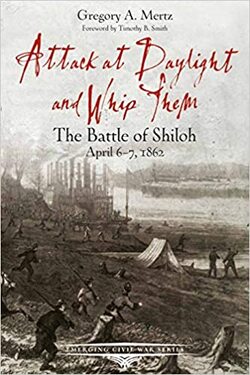
Gregory A. Mertz
Savas Beatie, 2019, 192 pgs., $14.95
ISBN: 978-1-61121-313-3
Image courtesy of amazon.com
The Emerging Civil War Series has always brought great additions to the series in means of major battlefield topics, or even lesser known pieces of history. Today, we’re looking at the former. Attack at Daylight and Whip Them chronicles the Battle of Shiloh, and just like other books in the series, details the battlefield as you see it today. For someone who has been surrounded by the battlefield most of his life, Gregory A. Mertz takes us on this tour through the narrative, and literally on a tour at the same time.
Gregory A. Mertz has spent over three decades working for the National Park Service and is the Supervisory Historian at Fredericksburg and Spotsylvania National Military Park. He has his degree in park administration and a masters in public administration from Shippensburg University. He has written articles for Blue and Gray magazine in the past and is the former vice president of the Brandy Station Foundation. He is also the founding president of the Rappahannock Valley Civil War Round Table.
Attack at Daylight and Whip Them handles the subject of Shiloh from the angle of both the tour that is within the book, and being the first major sight of bloodshed for the American people. They had heard of the other battles before, but the casualty rate for Shiloh brought a reality to the war most hadn’t thought of before. The book opens with the steps to get to the battlefield, and details all the roads that got them there. From that point on, the battle begins, and Mertz’s narrative is properly accompanied by photographs of the field today, along with period pictures as well. Each moment of the battle is properly shown here, and given the right amount of attention that is makes it easy for the reader to understand what’s happening. I’ve said it before, and I’ll say it again, The Emerging Civil War Series is perfect for those who want to get into the study of the Civil War, and Mertz does a fantastic job of that here.
I highly recommend this book to anyone getting into the Civil War, along with anyone who is interested in the Battle of Shiloh. This is a great starting point, and there is also enough here for those who know about the battle to learn something new. I look forward to what else Mertz will be writing in the future! Highly Recommended!
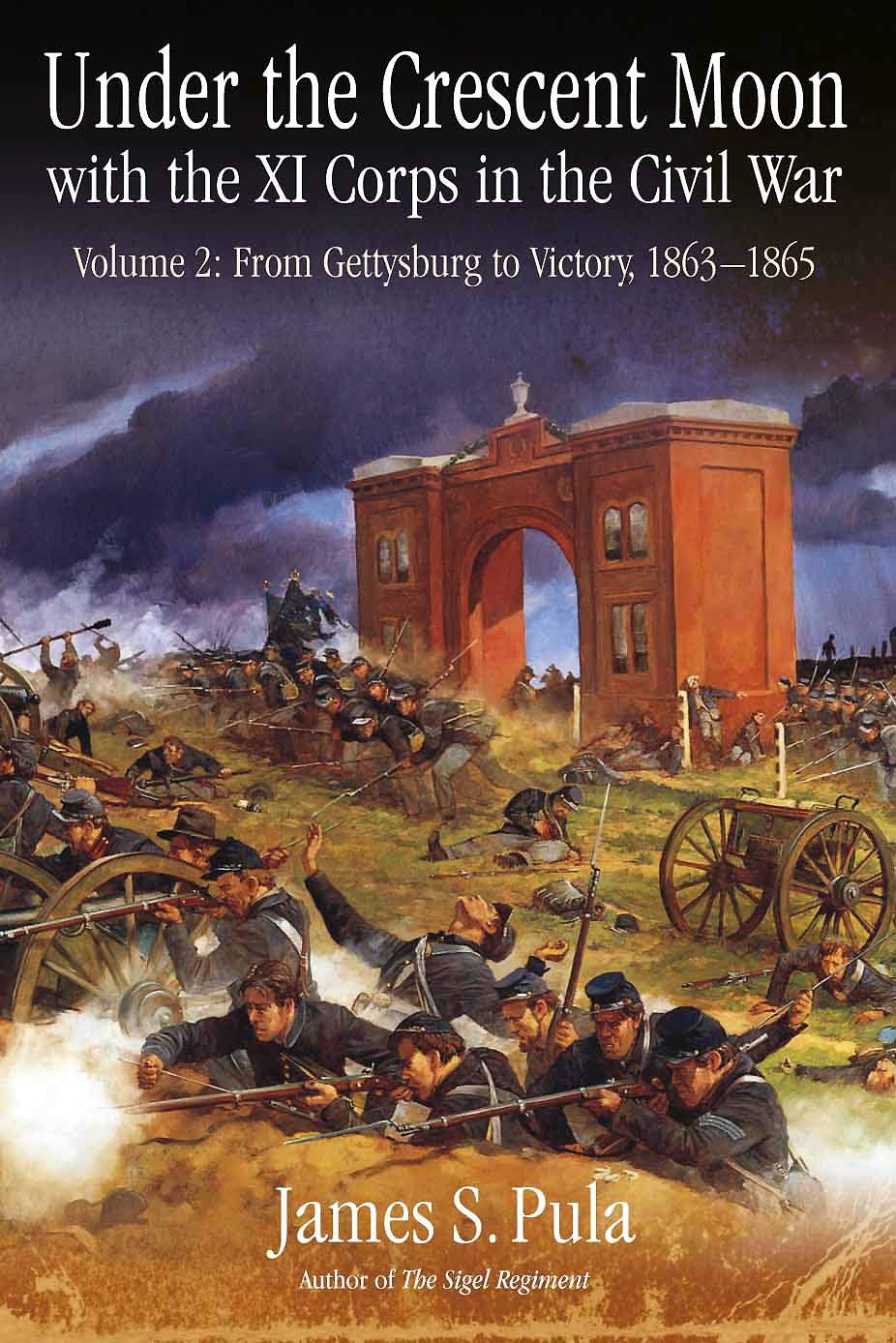
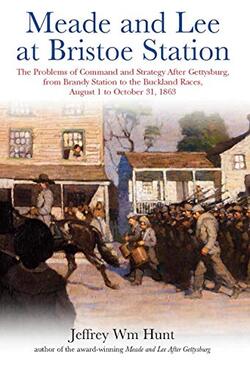
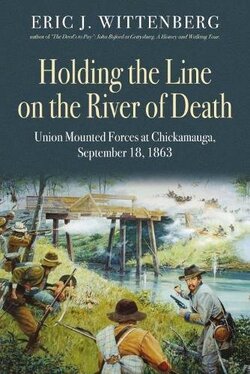
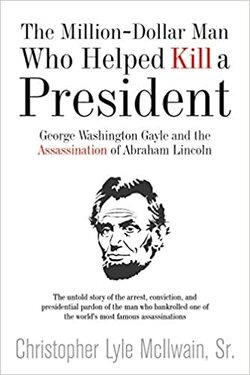
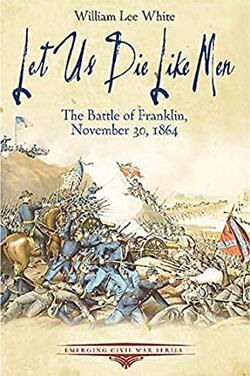
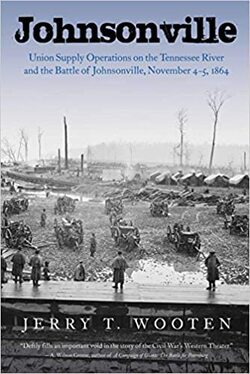
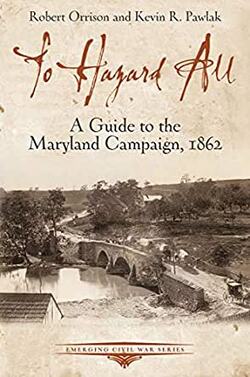
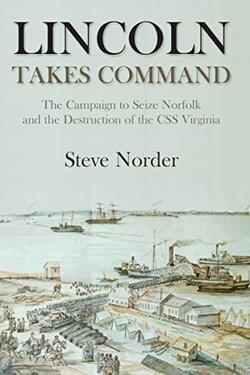
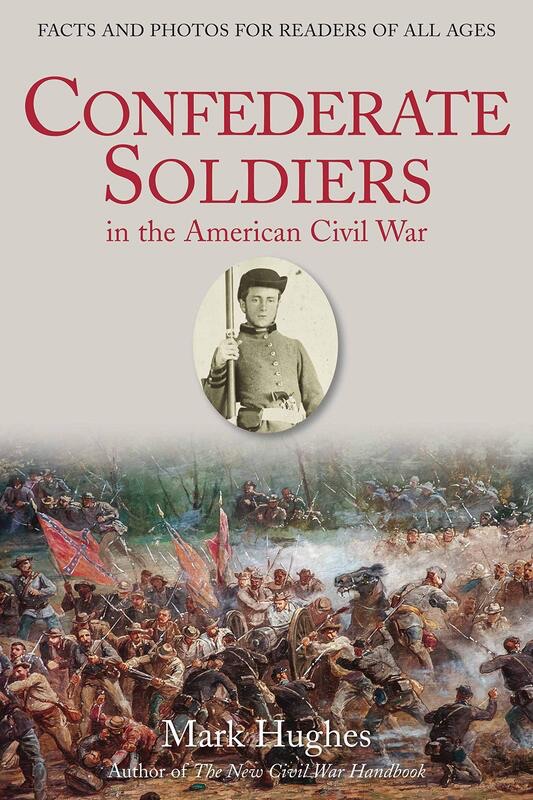
 RSS Feed
RSS Feed
